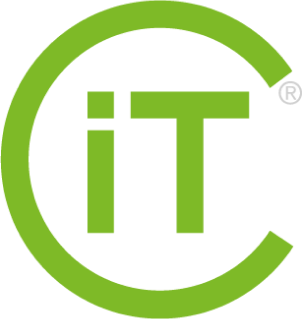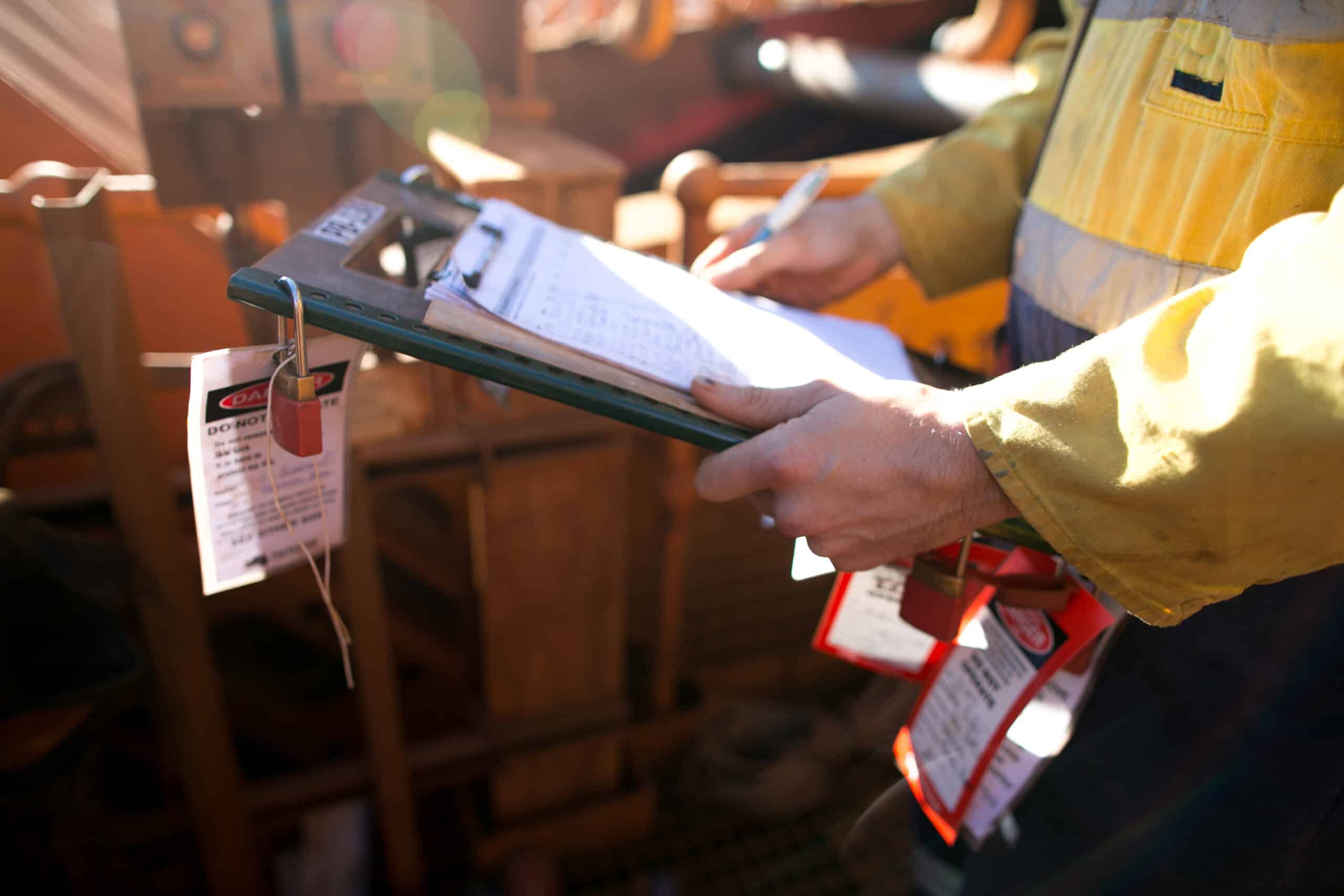LOTO | Different Types of Locks for Different Purposes


OSHA Recordkeeping Injuries and Illnesses (I&I data)
6 February 2017
More than a requirement, it’s a must to improve an Environmental Health and Safety system! But how can you do it better and faster?
Recordkeeping information helps employers, workers and regulatory agencies, such as OSHA and workers compensation boards evaluate workplace safety, understand industry hazards, and implement worker protections to reduce and eliminate hazards, preventing future workplace injuries and illnesses.
The records must be maintained at the worksite for at least five years. Between February and April of each year, employers must post a summary of the injuries and illnesses recorded the previous year. Also, if requested, copies of the records must be provided to current and former employees, or their representatives.
A work-related injury or illness must be recorded if it results in one or more of the following:
All the data recorded could provide trends to improve the overall EHS management system in place. The type, gender, nature, and consequence of accidents could help establish priorities for the business. A complete visual dashboard will highlight areas where the EHS team can ask more questions like WHY and HOW.
The fact is, recorded Injuries and Illnesses data will give businesses the opportunity to see, year after year, the improvement accomplished and new elements to focus on.
Recordkeeping I&I data on paper or in an excel spreadsheet could be a simple way in a small business, but when the EHS team wants to analyze the data, it’s more complicated to accomplish. The data presented on an annual basis doesn’t give the opportunity for the EHS team to react quickly if a trend is taking place.
An EHS software solution will help Operations and EHS teams save time and money in regards to I&I data recording and recordkeeping. EHS software will:
An integrated and automated process to record and keep I&I data helps eliminate non value-added efforts and costs for an EHS team and for operations managers. The time and money saved with this process can be used to innovate and create a new level of productivity instead of wasting time with manual reporting and data collection processes that cannot be exploited to create a better understanding of the enterprise’s safety objectives.